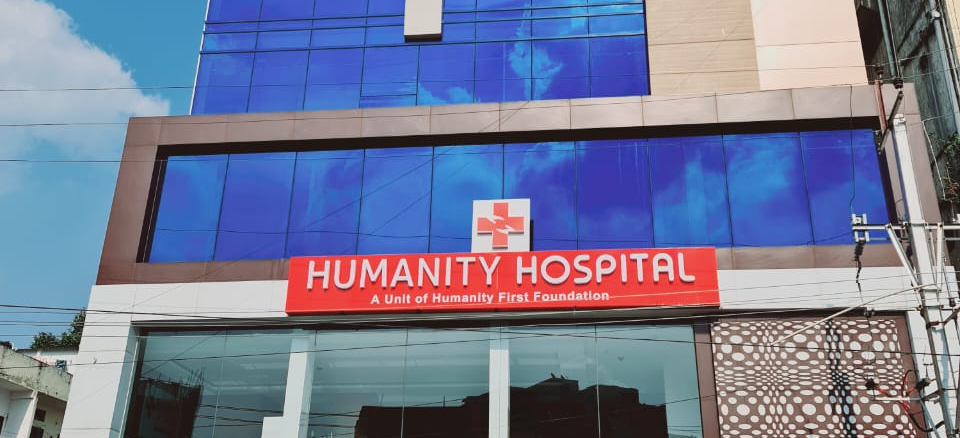In the realm of modern healthcare, medical imaging has revolutionized the way medical professionals diagnose and treat a wide range of conditions. At Humanity Hospital, we are at the forefront of these technological advancements, offering state-of-the-art diagnostic services that provide accurate insights into patients’ health. In this blog, we’ll explore the incredible advancements in medical imaging and the role they play in ensuring timely and accurate diagnoses for our patients.
**1. Precision through Technology:
Medical imaging has come a long way from traditional X-rays. Humanity Hospital boasts an array of advanced imaging technologies, including Magnetic Resonance Imaging (MRI), Computed Tomography (CT) scans, Ultrasound, and more. These technologies provide detailed, high-resolution images that allow our medical experts to assess the condition of organs, tissues, and bones with remarkable precision.
**2. Digital Radiography and Fluoroscopy:
Digital radiography has replaced conventional X-ray methods, reducing exposure to radiation while producing clearer images. Fluoroscopy, a real-time X-ray imaging technique, aids in procedures like angiography, barium studies, and joint injections, enhancing accuracy and safety.
**3. Magnetic Resonance Imaging (MRI):
MRI employs strong magnetic fields and radio waves to create detailed cross-sectional images of the body. This non-invasive technique is used to assess soft tissues, joints, and even the brain, providing invaluable information for accurate diagnoses.
**4. Computed Tomography (CT) Scans:
CT scans combine X-ray technology with computer processing to produce detailed cross-sectional images. These scans are invaluable in diagnosing conditions such as tumors, bone fractures, and internal injuries.
**5. Ultrasound:
Ultrasound imaging uses sound waves to create real-time images of internal structures. It’s widely used for pregnancy monitoring, as well as assessing organs like the heart, liver, and kidneys.
**6. Nuclear Medicine:
Nuclear medicine involves the use of radioactive tracers to visualize the functioning of organs and tissues. This technique aids in diagnosing conditions like thyroid disorders, bone diseases, and certain cancers.
**7. 3D and 4D Imaging:
Advancements in imaging technology have enabled 3D and even 4D (real-time 3D) visualization. This has proven invaluable in complex surgeries and prenatal imaging, providing surgeons and physicians with a more comprehensive view.
**8. Enhancing Diagnosis and Treatment:
Accurate and detailed images lead to better diagnoses and treatment plans. From identifying fractures and tumors to assessing organ functionality and blood flow, these advanced imaging techniques empower our medical team to make informed decisions quickly and effectively.
**9. Patient-Centric Care:
Our commitment to patient-centric care extends to our diagnostic services. We understand that medical imaging can be anxiety-inducing for some patients, and our compassionate staff is trained to ensure your comfort throughout the process.
**10. A Window to Better Health:
Advancements in medical imaging represent a significant stride in the medical field. They enable early detection, informed treatment decisions, and ultimately better patient outcomes. At Humanity Hospital, we harness these technologies to provide accurate diagnoses, tailored treatment plans, and ultimately, improved quality of life for our patients.
Conclusion
Advancements in medical imaging have transformed the way we approach healthcare. At Humanity Hospital, our commitment to staying at the forefront of these technologies underscores our dedication to providing the highest quality of care. Our advanced diagnostic services are a testament to our mission of harnessing innovation to improve patient health and well-being.
#MedicalImaging #DiagnosticServices #AdvancedTechnology #HumanityHospital #PrecisionDiagnosis #BetterPatientOutcomes

